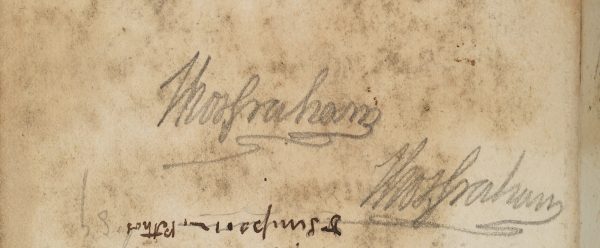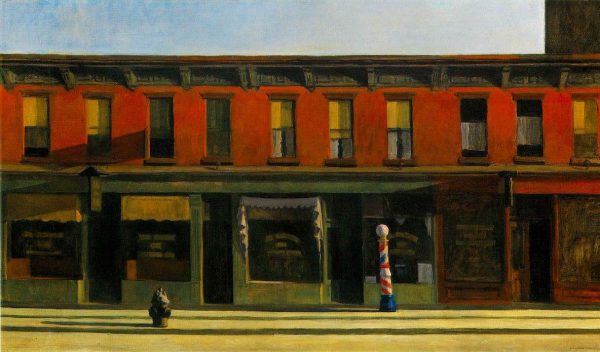In 1976, whilst still a student at the Royal College of Art in London, John Smith made a short film called The Girl Chewing Gum. To this day this film – in which Smith appears to direct the incidental comings and goings on a busy Dalston side street, remains his best-known piece of work; an art-school classic, presented to wide-eyed first years in colleges up and down the country. Since this early success, Smith has gone on to become an unpredictable, unselfconscious artist, a filmmaker who captures the humour, complexity and mundanity of life in the UK. Even his name suggests a triumphant, British ordinariness.
Often associated with the structural materialist movement that emerged from the London Film Maker’s Co-Op (now LUX) in the late 1970s, his work combines peculiar narratives in films like The Girl Chewing Gum (1976), and The Black Tower (1985) with anarchic, intuitive editing processes. Leading Light (1975) and Hackney Marshes (1977) are cut in-camera, and cast buildings, furniture and unsuspecting passers-by as malleable figures, animated by Smith’s stop-frame techniques.
Much of Smith’s work is rooted in East London, where he has lived and worked for almost all his life. Films such as Blight (1997), which documents the regeneration of the area, and Lost Sound (2001), a film celebrating the ethnic diversity of the capital through found fragments of magnetic audiotape, reflect a city changing around an artist.
John Smith’s recent commissions have included Horizon (Five Pounds a Belgian) (2012) for Turner Contemporary. Last year Smith won Film London’s Jarman Award in recognition of both his status as one of the leading artist filmmakers of his generation, and his more recent body of work which includes the film Dad’s Stick (2012). However, at a recent screening evening in central London it is still his 38-year-old student film that people are eager to see. The Girl Chewing Gum is a film that even Smith himself has returned to, collecting homages to it posted by fans online, and even filming a new version in the same Dalston location – The Man Phoning Mum – as part of his 2011 exhibition unusual Red cardigan.
The Girl Chewing Gum (1976)




